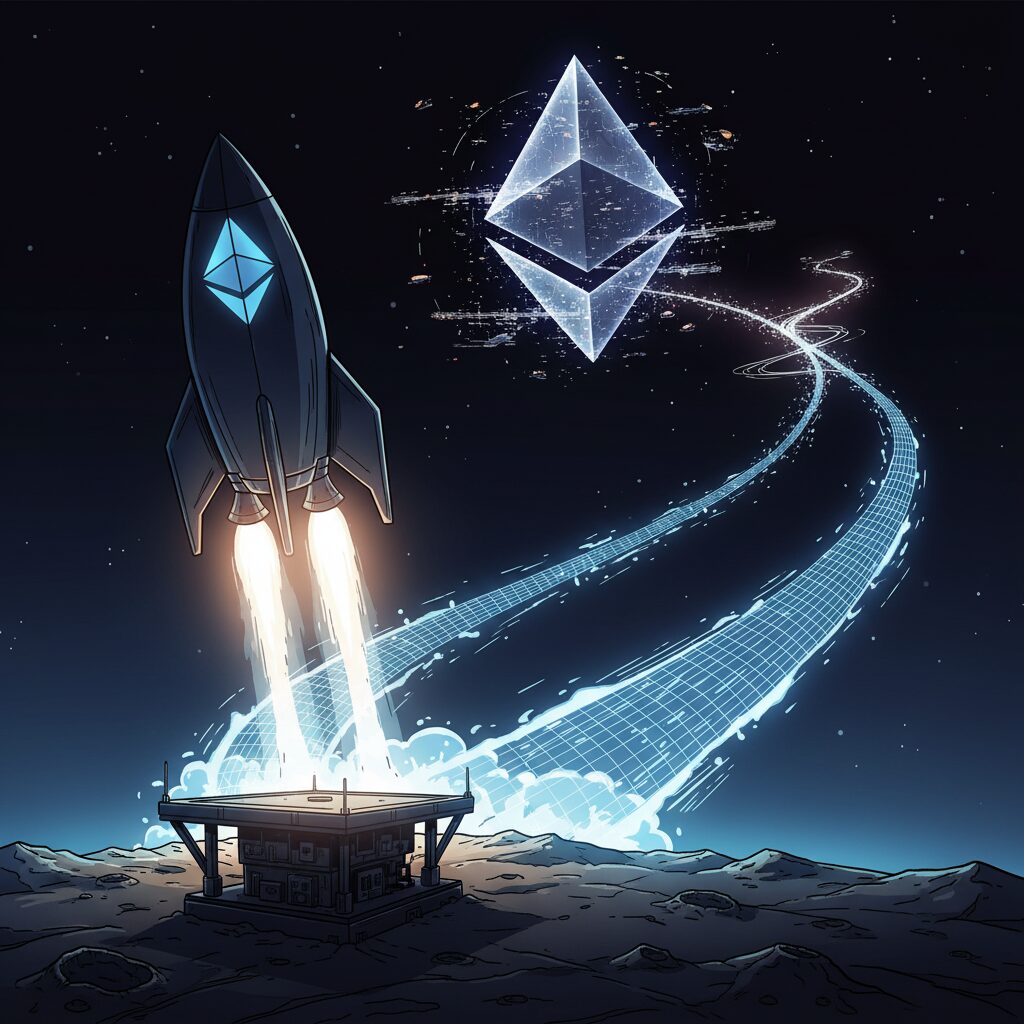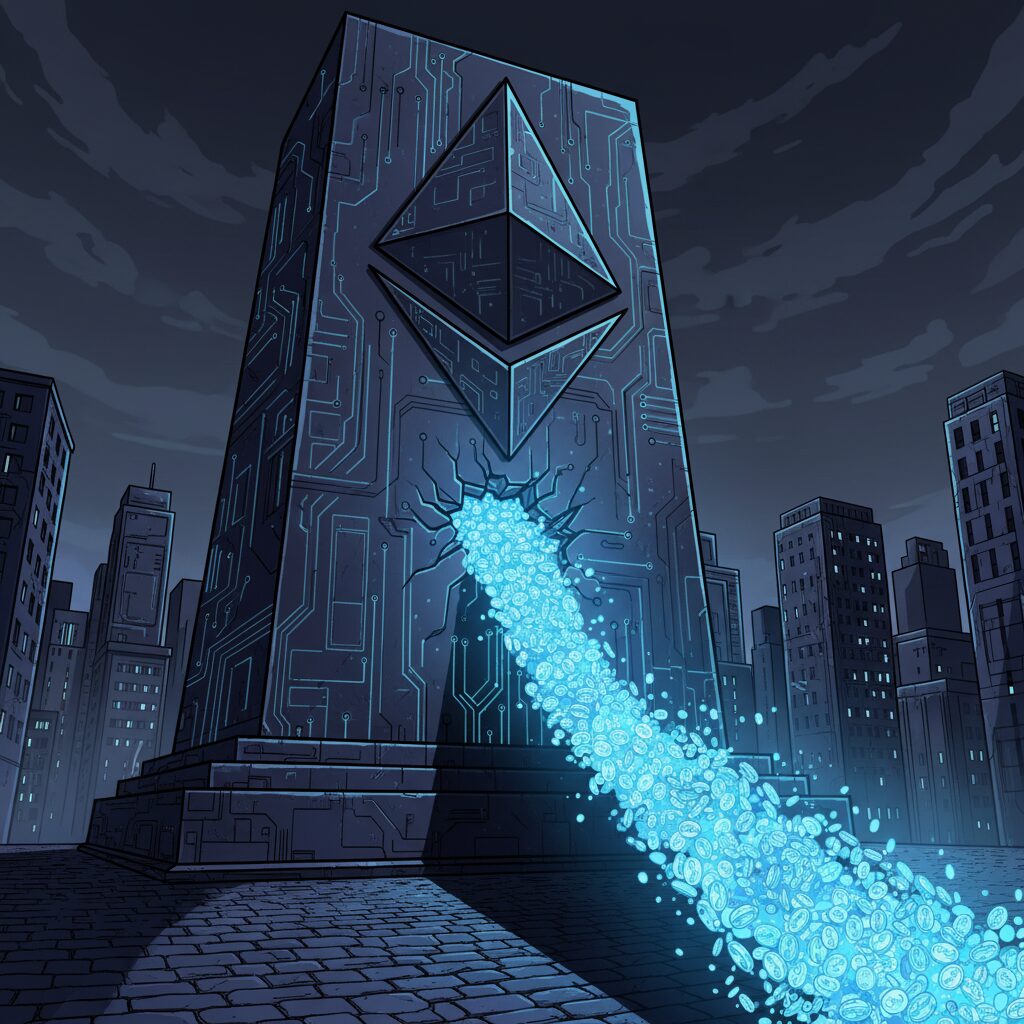KITE Project Launches Testnet to Compete with Ethereum on Scalability

A Hybrid Approach to High Performance
The KITE Foundation has introduced its Ozone Testnet, a new platform designed to enhance Web3 accessibility and performance. It utilizes a hybrid consensus protocol that combines Proof-of-Stake (PoS) with sharding technology to significantly boost scalability. This technical strategy mirrors advancements seen in major network upgrades like Ethereum’s, aiming to deliver higher throughput and lower transaction fees for users and developers.
KITE’s development comes as institutional trust in blockchain governance grows. This trend is highlighted by major acquisitions, such as BitMine accumulating $113 million in ETH. By offering a high-performance alternative, KITE aims to capture a share of the expanding market for decentralized applications (dApps), especially those powered by AI and innovative global payment solutions.
Fostering a Developer-Centric Ecosystem
A core part of KITE’s strategy is its focus on providing robust, developer-friendly resources. This has already sparked collaborations with various startups across Asia, a region seeing rapid growth in cross-border fintech. For example, the payment provider YeePay showcased its global enterprise transaction solution at ITB Asia 2025, demonstrating the strong demand for scalable infrastructure that the Ozone Testnet is built to support.
Navigating Competition and Regulatory Headwinds
Despite its ambitious goals, the KITE project faces significant challenges. It must contend with established Layer-1 blockchains for market share and navigate an evolving regulatory environment. The broader market remains volatile, with events like large-scale Ethereum holders selling off 5,000 ETH for $21 million underscoring the risks associated with leverage and market sentiment. In response, KITE has built its governance structure with regulatory compliance and adaptability as key priorities.
Roadmap to Mainnet Launch
Looking ahead, the KITE Foundation plans to launch its mainnet in the first quarter of 2026. The roadmap prioritizes enterprise integration and ensuring compatibility with other blockchain ecosystems. The project also intends to incorporate AI-powered analytics to optimize network performance, an area where even tech giants like Microsoft have encountered scaling challenges within their cloud services.











